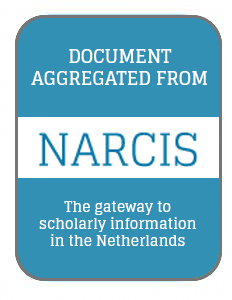Resource information
Keywords: Rwanda; farm household typology; sustainable technology adoption; multivariate analysis;
land degradation; food security; bioeconomic model; crop simulation models; organic fertiliser; inorganic fertiliser; policy incentives
In Rwanda, land degradation contributes to the low and declining agricultural productivity and consequently to food insecurity. As a result of land degradation and increasing population pressure, there is urgent need to simultaneously enhance food security and agro-ecological sustainability. The main objective of this PhD thesis was to make an assessment of technology options and policy incentives that can enhance sustainable farming in Rwanda.
A multivariate analysis approach was used to clearly identify five types of farm households and their socio-economic characteristics. The main differences between the five farm types relate to gender, age, education, risk perception, risk attitude, labour availability, land tenure and income. A bio-economic model capable of analysing the impacts of soil erosion, family planning and land consolidation policies on food security in Rwanda was developed, and applied for one typical farm household. Calculations with the bio-economic model showed that a higher availability of good farm land would increase the farm income. Additionally, preserving soils against erosion and reducing risk would allow for using more marginal land which would increase food production for home consumption and for the market. Increasing the opportunities for off-farm employment can also increase farm household income. The simulation of crop yields under sustainable land management showed that predicted crop yields were distinctly higher than the actual yields for the current small-scale farming practices that are common in the region. Using the developed bio-economic model, model results showed that these sustainable agricultural technologies will clearly enhance food production (after a learning period) and income for all farm household types except the household with the largest farm for which cash at the beginning of the season is too restricted to switch to the new technologies. Provision of credit and availability off-farm activities have emerged as the most serious policies likely to affect the adoption of alternative technologies in all the farm households.
The bio-economic farm model and its applications developed in this study give more insights into the possibilities of transforming the current farming system towards more sustainable farming.
.


